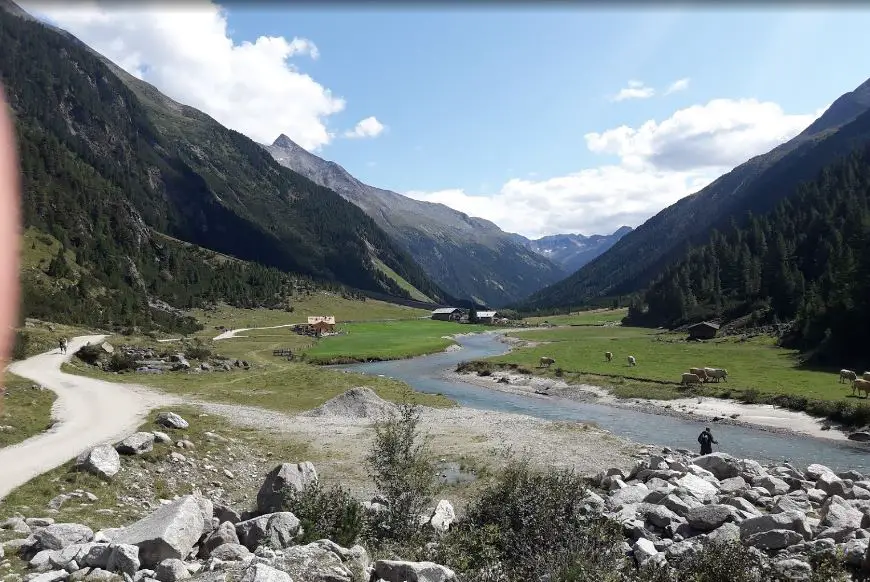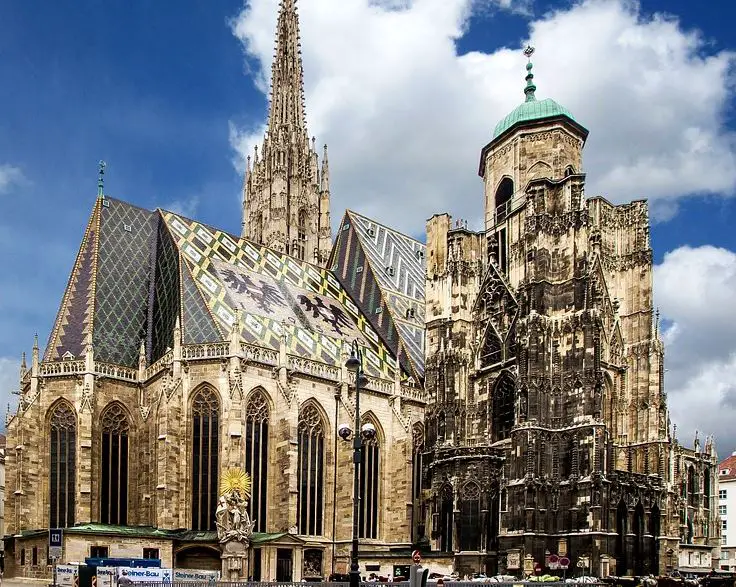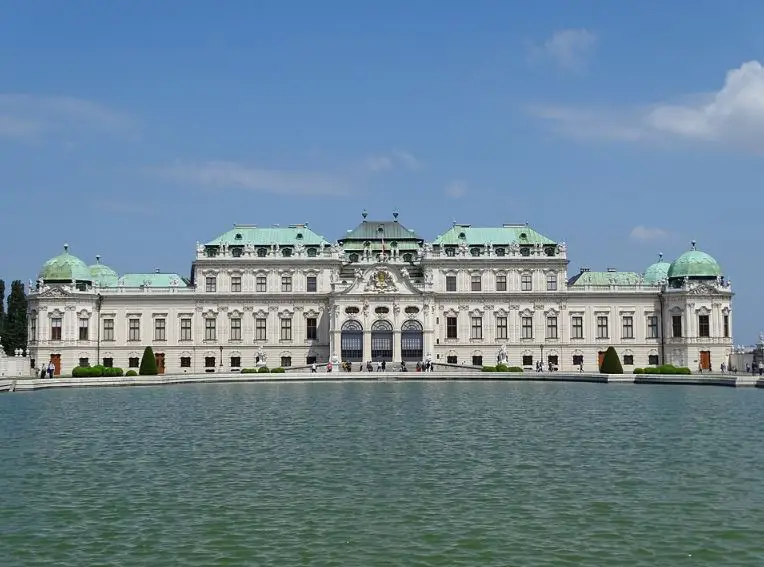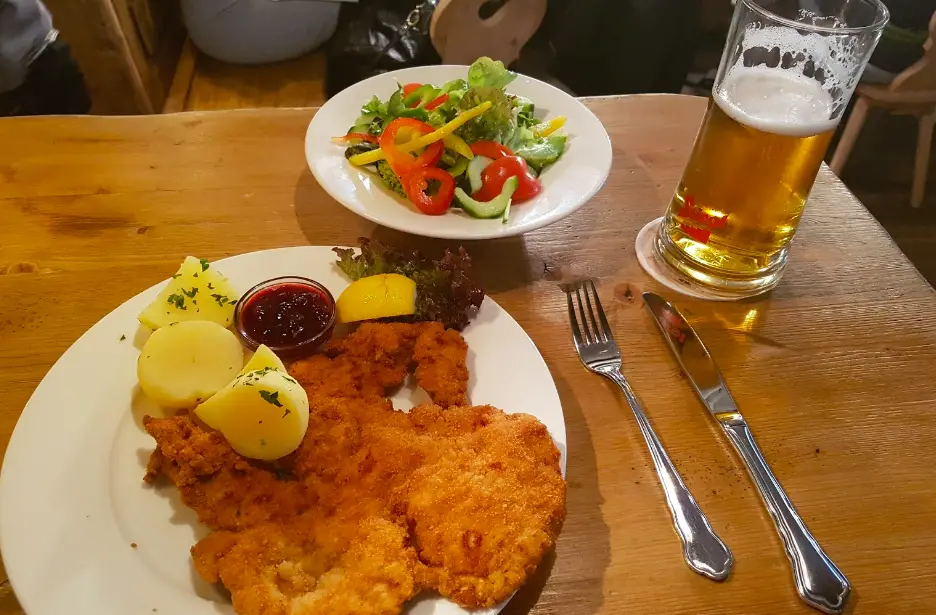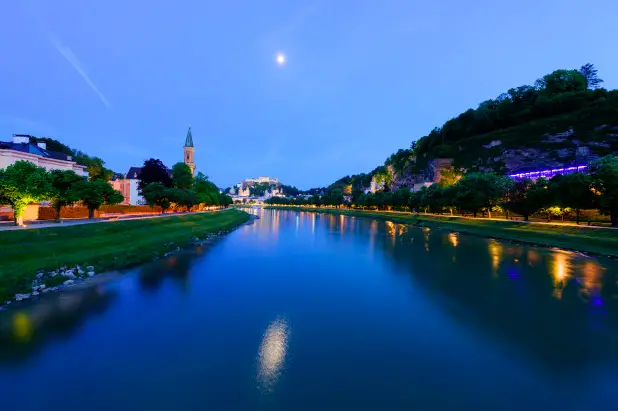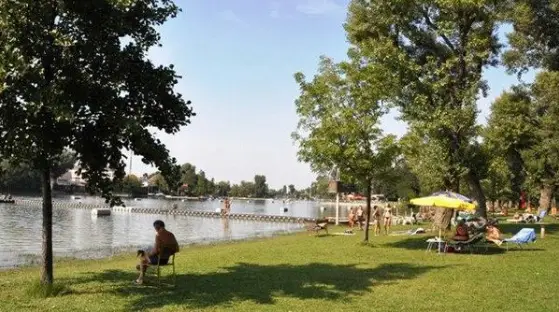How can I learn about the history of German architecture?
Post ByAdequate Travel
Summary
Are you interested in learning more about the history of German architecture? This blog will explore the various ways you can gain an understanding of Germany's fascinating architectural heritage. From the influence of the Baroque and Gothic periods to the modern styles of today, a closer examination of Germany's architectural history will certainly give you a greater appreciation of this country's rich cultural history.1. Start with a general overview
Begin your exploration of German architecture by familiarizing yourself with its history and key styles. Books, online articles, or video documentaries can provide an introductory understanding of the subject. Some recommended sources include:
- "A History of German Architecture" by Barry Bergdoll
- "The Architecture of Germany" by Nikolaus Pevsner
- "German Architecture and the Classical Ideal" by David Watkin
2. Study architectural periods and styles
German architecture has witnessed various periods and styles. Delve deeper into each era to grasp the characteristics and significant works:
- Medieval Period: Explore the Romanesque and Gothic styles seen in structures like Cologne Cathedral and Church of Our Lady in Trier.
- Renaissance and Baroque: Learn about the elaborate ornamentation and grandeur found in works like Zwinger Palace in Dresden and Residence Palace in Munich.
- Neoclassicism: Discover the influence of Greek and Roman architecture on buildings such as the Brandenburg Gate in Berlin and Altes Museum in Berlin.
- Art Nouveau: Explore the decorative and organic designs seen in buildings like Secession Building in Vienna and AEG Turbine Factory in Berlin.
- Bauhaus and Modernism: Understand the innovative and functional approaches exemplified by Bauhaus School in Dessau and Werkbund Housing Estate in Stuttgart.
3. Visit architectural landmarks
A hands-on approach can greatly enhance your understanding. If possible, visit Germany to see iconic architectural sites firsthand. Some notable examples include:
- Cologne Cathedral, a magnificent Gothic masterpiece in Cologne.
- Reichstag Building, combining historic and modern elements, located in Berlin.
- Charlottenburg Palace, a splendid Baroque palace in Berlin.
- Neuschwanstein Castle, an enchanting fairytale-inspired palace in Bavaria.
- The Bauhaus Museum in Weimar, providing insights into the Bauhaus movement.
4. Study regional variations
Germany's architectural heritage displays regional variations due to its rich history. Explore specific regions to understand the unique features and local influences:
- Bavarian Architecture: Study the distinctive style of Bavaria, characterized by ornate baroque churches and half-timbered houses.
- Franconian Architecture: Discover the timber-framed houses and medieval fortifications found in the Franconia region.
- Hanseatic Architecture: Explore the red-brick Gothic style of cities like Lübeck and Hamburg.
5. Engage with academic institutions and resources
Academic institutions, museums, and research centers can offer specialized knowledge and resources on German architecture:
- Architekturmuseum der Technischen Universität München: Explore their archives and exhibitions on German architecture.
- Deutsches Architekturmuseum, Frankfurt: Engage with their collection of architectural artifacts and publications.
- Contact local universities with architecture departments. Professors or researchers may provide insights or recommend scholarly resources.
Suggested Questions
- The Lichtenstein Castle, Honau: Horror Story, History & Paranomial Activities
- Kloster Bronnbach, Wertheim: Horror Story, History & Paranomial Activities
- Festung Marienberg, Würzburg: Horror Story, History & Paranomial Activities
- Zitadelle Spandau, Berlin: Horror Story, History & Paranomial Activities
- Schloss Reinbek, Reinbek: Horror Story, History & Paranomial Activities
- Kyffhäuserdenkmal, Bad Frankenhausen: Horror Story, History & Paranomial Activities


